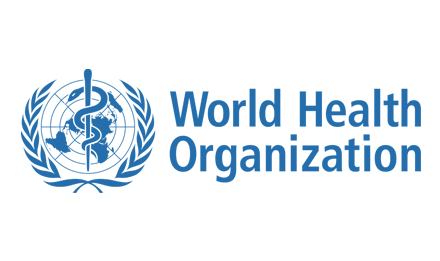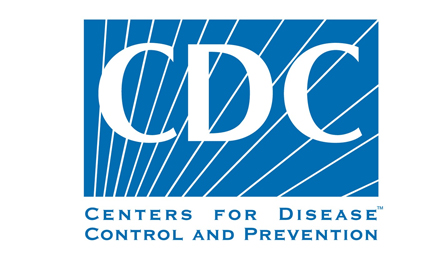Since then, modern medicine has made several advancements and newer classes of antibiotics such as Cephalosporins, Fluoroquinolones, and Carbapenems have been developed. These constitute of both first-line antibiotics like Penicillin and last-resort antibiotics like Carbapenems.
Antimicrobial Resistance (AMR) can be defined as the resistance of a microorganism to an antimicrobial medicine to which it was previously sensitive. AMR is survival of the fittest based on Darwin Theory where microbes adopt various mechanisms to shield themselves from antimicrobial drugs and survive.
Antibiotic resistance refers to the ability of the bacteria to render an antibiotic drug ineffective by developing mechanisms that counteract the functioning of antibiotic drugs. In other words, the antibiotic can no longer kill the bacteria and bacterial growth is not stopped.
This has severe life-threatening implications as common infections like pneumonia that were otherwise treatable can now become fatal. Moreover, it challenges all the advances that we have made in modern medicine, making childbirth and surgeries a much riskier proposition.








